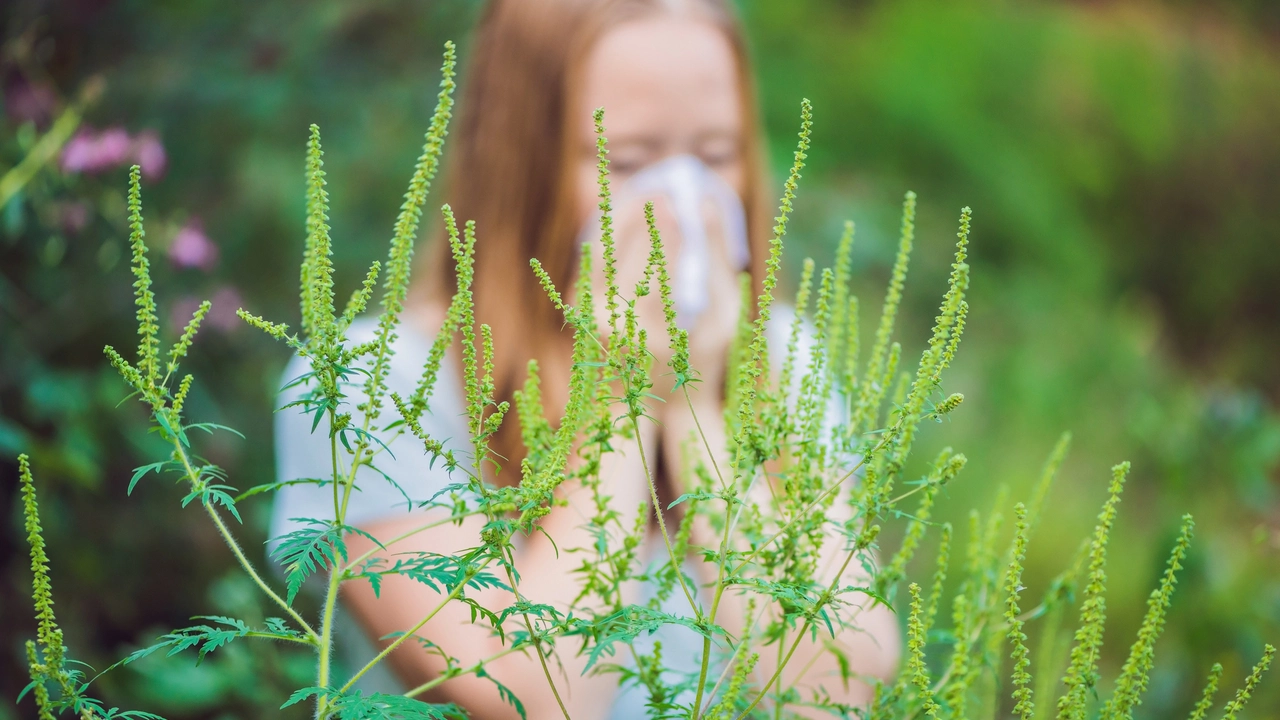Allergy season doesn’t have to wreck your days. Start by knowing your biggest triggers—pollen, dust mites, mold, pet dander, or foods. Once you know them, you can act specifically.
Keep windows closed on high pollen days and use air conditioning with a clean filter. Run a HEPA air purifier in bedrooms to remove tiny particles. Wash bedding weekly in hot water (at least 130°F) to kill dust mites. Replace carpets or vacuum weekly with a vacuum that has a HEPA filter. Reduce indoor humidity to 40–50% to stop mold and dust mite growth. Store clothes in sealed containers if you live in a humid area. Take showers and wash hair after spending time outdoors to remove pollen. Clean bathroom tiles and shower curtains regularly to prevent mold. Declutter surfaces where dust gathers. If you have pets, bathe them weekly if possible and keep them out of the bedroom.
Simple kitchen habits help too. Wipe counters and sweep floors to remove food crumbs that attract pests. Use exhaust fans to reduce moisture while cooking. Consider an allergy-proof mattress cover and pillow covers to block dust mites.
Over-the-counter antihistamines like loratadine, cetirizine, or fexofenadine can cut sneezing and itching. Try a non-drowsy option during the day. A nasal steroid spray (fluticasone, budesonide) works well for congestion and runny nose; use it daily during your peak season. Saline nasal rinses help clear mucus and pollutants from nasal passages. For severe or persistent symptoms, ask a doctor about prescription options or immunotherapy (allergy shots or sublingual tablets). Immunotherapy can change how your immune system responds and reduce symptoms long term.
Timing matters. Take daily allergy meds before symptoms peak—start a week or two before expected pollen rise. Check local pollen forecasts and plan outdoor activities for late afternoon when pollen counts are usually lower. If you exercise outside, choose paths away from tall grass and trees.
Small lifestyle changes add up. Maintain a healthy weight and manage stress; both can affect immune reactions. Avoid smoking and smoky areas—smoke worsens nasal and lung irritation. Drink plenty of water to thin mucus. Try HEPA filters in your car and keep windows closed while driving during high pollen times.
Testing can help. Skin or blood tests identify specific allergens so you can prioritize changes. A clear test reduces guesswork and prevents unnecessary restrictions. Talk to your doctor about a personalized plan if over-the-counter steps don’t help.
Preventing allergies is often about layers: clean air, disciplined cleaning, smart meds, and small daily choices. Pick two changes you can start this week—wash bedding hot and check a pollen forecast—and build from there.
Quick checklist: Close windows on high pollen days, run HEPA purifiers, wash bedding hot weekly, shower after being outside, use non-drowsy antihistamine, try nasal steroid spray, talk to your doctor about testing or immunotherapy. Start with two items and track improvement. You’ll feel the difference. Give it time.

Hey there, green thumbs! In the wild world of gardening, there's a super squad of plants that not only add splash and spark to your backyard, but they also kick those pesky seasonal allergies to the curb! Meet the low-pollen, high-appeal gang: hydrangeas, clematis, and begonias! These allergy-friendly powerhouses chuckle at the face of sneezes and itchy eyes, and they're also a spectacle to behold. So, if you're a fan of clear sinuses and stellar gardens, these plants are your new best buds - literally!